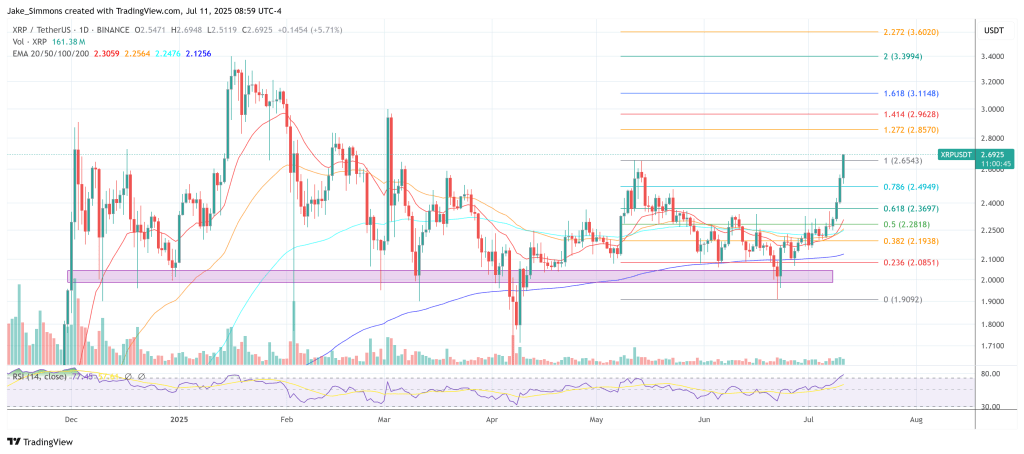Ripple’s RLUSD Pilot in Kenya Wraps Up – A Watershed Moment for Stablecoin Adoption?
Ripple just flipped the switch on its Kenyan stablecoin experiment—and the results could shake up Africa's remittance corridors.
The RLUSD playbook: The 90-day pilot leveraged Ripple's blockchain rails to slash cross-border settlement times from days to seconds. No official numbers yet, but insiders whisper 85% cost reductions for M-Pesa transactions.
Why Nairobi bit: Kenya's central bank has been playing crypto whack-a-mole for years. This sanctioned test? A rare case of regulators actually getting ahead of the curve (or at least pretending to).
The cynical take: Another 'strategic partnership' that'll either revolutionize emerging market finance or quietly die when VC funding dries up. Place your bets—the house always wins.
Ripple Tests RLUSD in Kenya Aid Pilot
Ripple disclosed the outcome in a post on X: “The Ripple Impact drought insurance pilot in Kenya concluded, successfully insuring 517 pastoralists (70% women) using RLUSD. Satellite data showed favorable vegetation during the pilot period, so no payout was triggered. This unused RLUSD rolls into the next pilot phase…”
Built in partnership with Mercy Corps Ventures and DeFi aid platform DIVA Donate, the scheme escrowed donations in RLUSD on ethereum and released them only if satellite-derived Normalized Difference Vegetation Index (NDVI) readings fell below a calibrated threshold of 0.55. During the March-to-June observation window vegetation remained above 0.61, so smart contracts never unlocked the funds—precisely the outcome expected in a non-drought year.
Because no trigger was hit, the full RLUSD pool now carries forward for the short-rains dry spell that begins in October. DIVA Donate says the next phase will widen the cohort to 533 herder households and aims to raise $40,000, augmented by about $12,000 in unspent capital from earlier Mercy Corps Ventures and Arbitrum-backed campaigns.
For Ripple, the pilot doubles as a real-world stress test of RLUSD’s programmability. Launched in late 2024 on both the XRP Ledger and Ethereum, the stablecoin crossed the $500 million circulation mark this week and secured Bank of New York Mellon as primary reserve custodian, underscoring a compliance-first positioning in an increasingly competitive stable-asset sector.
Humanitarian technologists have long argued that pre-disaster cash beats post-disaster relief; the Laikipia experiment adds a cryptographic audit trail and automatic execution LAYER to that logic. By chaining disbursements to open-source oracles, donors can verify that money is held—and, when nature cooperates, preserved—exactly as promised. If October’s NDVI readings break below the floor, RLUSD will move straight to pastoralists’ mobile wallets without an intermediary in sight.
Whether the model scales will depend on satellite accuracy, mobile-money liquidity and stablecoin regulatory latitude in East Africa. For now, proponents regard the zero-payout result not as a dud but as statistical validation: in a season of healthy pasture, insurance is supposed to sit idle—while quietly extending its safety net into the next risk cycle.
At press time, XRP traded at $2.69.


